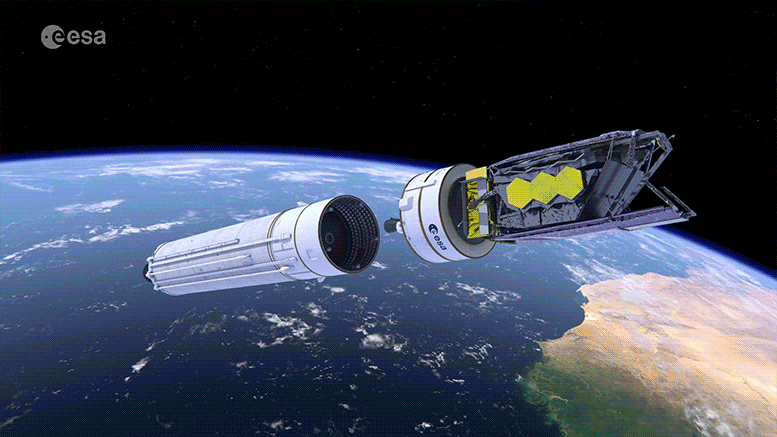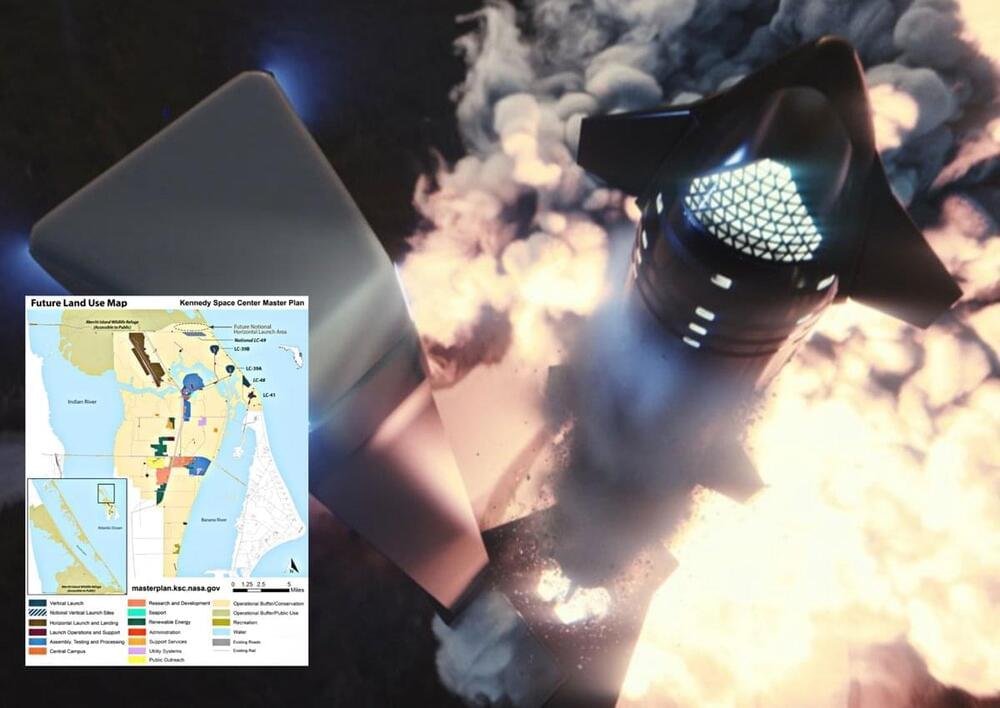The world’s next generation cosmic observatory, the James Webb Space Telescope 0, is due for launch on an Ariane 5 from Europe’s Spaceport in French Guiana.
Webb is a joint project between NASA
Established in 1958, the National Aeronautics and Space Administration (NASA) is an independent agency of the United States Federal Government that succeeded the National Advisory Committee for Aeronautics (NACA). It is responsible for the civilian space program, as well as aeronautics and aerospace research. It’s vision is “To discover and expand knowledge for the benefit of humanity.”







